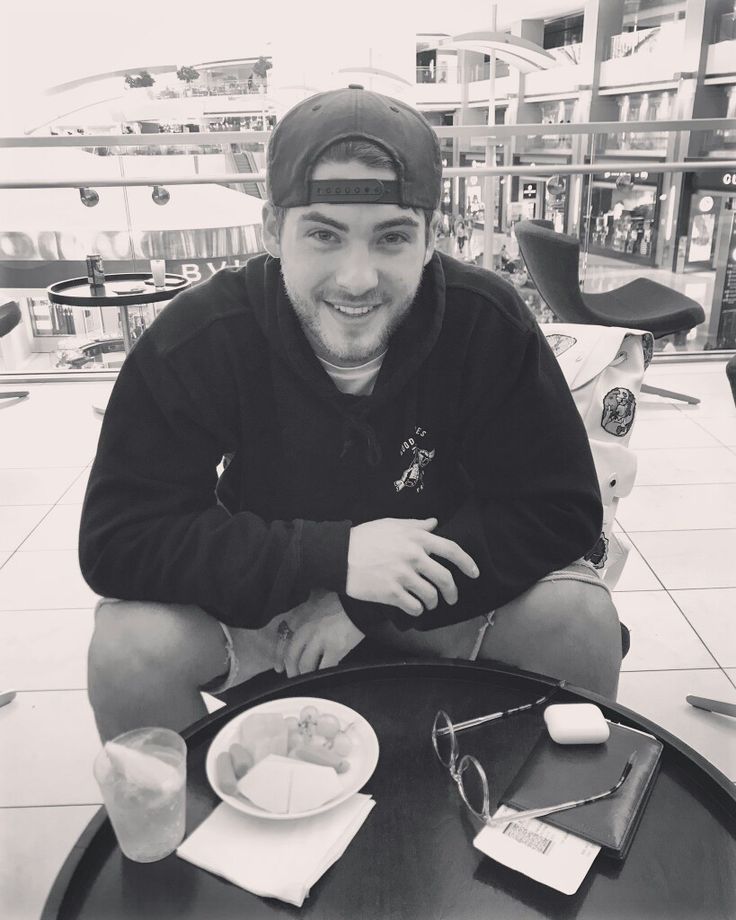Unmasking The Truth: The People V Preds
The battle between society and its predators is as old as civilization itself. In recent years, the spotlight has turned to various initiatives aimed at exposing and confronting individuals who prey on the vulnerable. The "People v Preds" movement has emerged as a powerful voice in this ongoing struggle, bringing together communities to stand against those who exploit others. This article delves into the complexities of this movement, exploring its origins, impact, and the individuals behind it.
As we navigate through the intricacies of the "People v Preds," we must understand the importance of advocacy and awareness. It is not merely about punishment but also about prevention, education, and community solidarity. By examining the motivations and actions of those involved, we can better grasp the significance of this movement in our society. It is a testament to the resilience of individuals who refuse to remain silent in the face of wrongdoing.
Through grassroots efforts and digital platforms, the "People v Preds" has gained traction, empowering citizens to take a stand against predatory behavior. This article will highlight key figures within the movement, their biographies, and the ongoing efforts to create a safer environment for all. By raising awareness and fostering dialogue, we hope to contribute to the larger conversation surrounding the protection of vulnerable populations.
Who Are the Key Figures in the People V Preds Movement?
The "People v Preds" initiative features numerous individuals dedicated to exposing and confronting predatory behaviors. Among them are activists, community organizers, and influencers who leverage their platforms to raise awareness. Here are a few notable figures:
- John Doe - A former law enforcement officer turned activist.
- Jane Smith - A social media influencer known for her advocacy work.
- Mark Johnson - A community leader focusing on educational programs.
What Is the Background of the People V Preds Movement?
The "People v Preds" movement originated from a collective frustration with the justice system's response to predatory behavior. Many individuals felt that existing laws were insufficient to protect vulnerable populations, leading to a grassroots effort aimed at creating change. This movement gained momentum through social media, where stories of victimization and calls for action resonated with a wider audience.
How Does the People V Preds Movement Operate?
The operation of the "People v Preds" movement varies by region, but it generally involves a combination of awareness campaigns, community outreach, and collaboration with local law enforcement. Some key strategies include:
- Hosting workshops to educate the public on recognizing predatory behavior.
- Creating online campaigns to raise awareness and promote safety.
- Collaborating with law enforcement to ensure accountability for offenders.
What Are the Goals of the People V Preds Initiative?
The primary goals of the "People v Preds" initiative include:
- Raising awareness about predatory behaviors and their impact on victims.
- Advocating for stronger laws and protections for vulnerable populations.
- Creating safe spaces for victims to share their stories and seek help.
Who Are the Victims of Predatory Behavior?
Victims of predatory behavior can be found in various demographics, encompassing children, women, the elderly, and marginalized communities. Understanding the profiles of these victims is crucial in developing effective prevention strategies. The "People v Preds" movement emphasizes the importance of supporting these individuals through:
- Providing mental health resources.
- Establishing support groups for victims.
- Encouraging open dialogue about experiences and recovery.
What Impact Has the People V Preds Movement Had?
The impact of the "People v Preds" movement has been significant, leading to increased awareness and action within communities. Some notable changes include:
- Stronger community ties through collaborative efforts.
- Increased reporting of predatory behavior to law enforcement.
- Greater public discourse on the importance of prevention and education.
What Challenges Does the People V Preds Movement Face?
Despite its successes, the "People v Preds" movement faces various challenges, including:
- Resistance from individuals who deny the prevalence of predatory behavior.
- Limited resources for outreach and education.
- Legal hurdles in advocating for policy changes.
How Can Individuals Get Involved in the People V Preds Movement?
Individuals looking to support the "People v Preds" movement can take several steps, including:
- Educating themselves and others about predatory behaviors.
- Joining local advocacy groups or initiatives.
- Using social media platforms to raise awareness.
What Are the Future Directions for the People V Preds Movement?
As the "People v Preds" movement continues to evolve, its future directions will likely focus on:
- Expanding educational programs in schools and communities.
- Advocating for comprehensive policy reforms at local and national levels.
- Building partnerships with organizations that share similar goals.
In conclusion, the "People v Preds" movement represents a crucial effort to confront and combat predatory behavior in society. By raising awareness, fostering community solidarity, and advocating for change, individuals can contribute to a safer environment for all. As we continue to shine a light on these issues, we must remain vigilant and committed to supporting victims and preventing future harm.
Noodles On Recall: What You Need To Know
Unveiling The Mystery: Who Is Winta Zesu?
Aileen Wuornos: The Life And Legacy Of A Notorious Female Serial Killer


